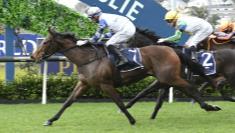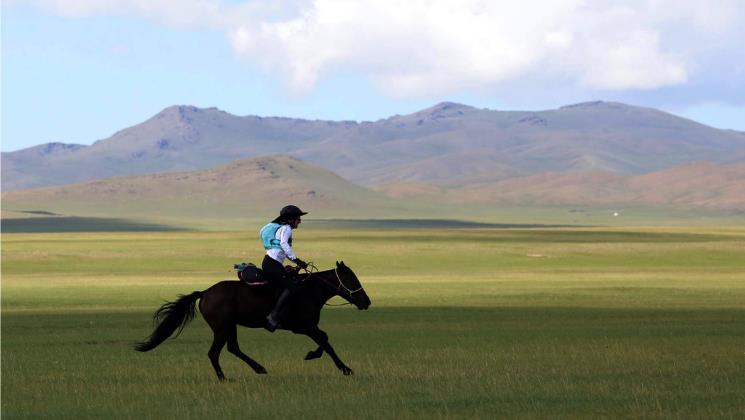
Blog- Mongol Derby
Thrills, chills and plenty of spills! 1000km, on semi wild horses, crossing rugged Mongolian terrain. This is the longest and toughest horse race on earth, this is the Mongol Derby.
The History
A mere 800 years ago, in 1224, Genghis Khan, founder of the Mongol empire, set up the world’s first long-distance postal transmission system. Stallions were used to carry his messengers from the capital Kharkhorin to the Caspian Sea in a few days. The race today loosely follows the route created by Khan, however varies slightly year to year. The race itself is a relatively new concept, with the first derby being run in 2009.
The Race
The race crosses 1000 kilometres of tough Mongolian terrain, held over 10 days – and they call the Auckland Cup a staying test! The horses however will only travel 40 kilometres each, with riders changing mounts every 40 kilometres. It’s a ‘first come, first served’ policy at the horse stations, so riders who finish a leg faster than others have the advantage of choosing from more horses. During the 10 race days, riders and their horses will be faced with high passes, open valleys, wetlands, sand dunes, river crossings, open steppe… you name it, the Mongolian Derby has it! Riders must rely on their survival skills and horsemanship to navigate their way through the race.
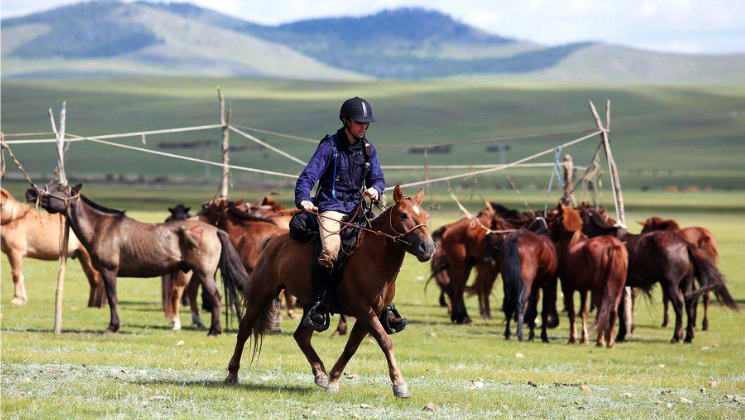
The Horses
The horses can present the biggest challenge for riders in the race. The semi-wild Mongolian horses are tethered and riders must choose a horse at the beginning of the race. Every 40 kilometres, a new set of horses will be waiting and again, the rider must choose their mount. Riders must rely on their instinct and horsemanship to choose a horse that will safely carry them to the next stop. 2018 race winners, Adrian Corboy and Annabel Neasham, stressed the importance of learning to identify horses that looked fast but also had staying power. Horses used in the derby are known to be rather ‘spirited’, and most riders will experience a spill or two during the race!
“Whatever you do, don’t get off your horse. If you do, you won’t see it again,” warns Camilla Swift, who rode in the 2010 Mongol Derby.
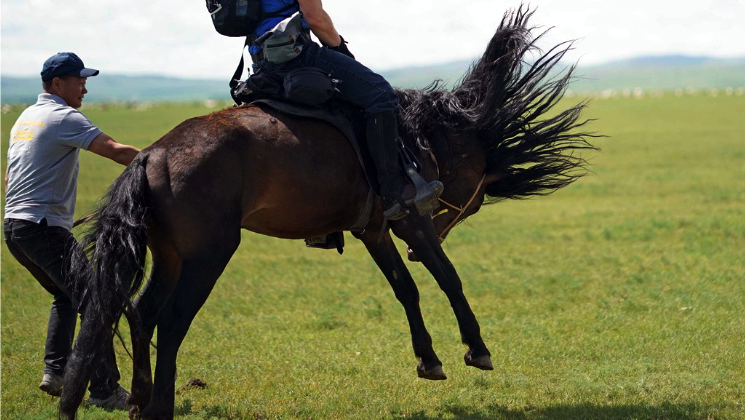
The Mongolian horse is a unique breed in that it has not been changed by outside influences, meaning the breed is still very similar to that used in Genghis Khan’s time. The horses are relatively small, standing between 12 and 15 hands. They have short necks (much shorter than the thoroughbreds we’re used to seeing) and are very tough. They are used to enduring the elements, handling extreme temperatures and require little food or water to survive.
The welfare of horses used in the Mongol Derby is incredibly important and a matter taken seriously by race organisers. Before embarking on their 40 kilometre stretch, all horses are required to undergo a vet check. There are various checkpoints throughout the race where horses are checked for soundness and their heart rates are taken. The horse must meet a 56 bpm heart rate and if the heart rate is still above 56 bpm after resting for 30 minutes at the vet stop, the rider will be penalized. Although the Mongolian horse is incredibly strong for their size, it is still a requirement that riders must not weigh more than 85kgs and carry no more than 5kg of gear.
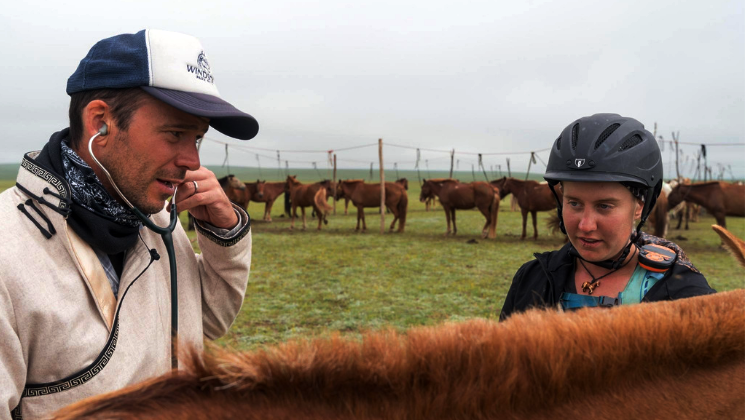
The Riders
Only 40 riders are permitted to ride in the race, following a lengthy application and interview process. Only riders with the best horsemanship skills are accepted. Jockeys, polo players, eventers and show jumpers from across the globe have been among past competitors.
The Mongol Derby is no leisurely trek! On average, riders will spend around 13 hours in the saddle, changing horses four times each day. Throughout the race, riders are faced with extreme temperatures and weather, sometimes resulting in hyperthermia and dehydration. The risk associated with riding approximately 25 semi-wild horses also results in many falls and some broken bones … this race is certainly not for the faint hearted. Not all riders finish the race, with injury, sickness or plain exhaustion becoming too much for some. Last year, eight out of 33 riders were retired from the race.
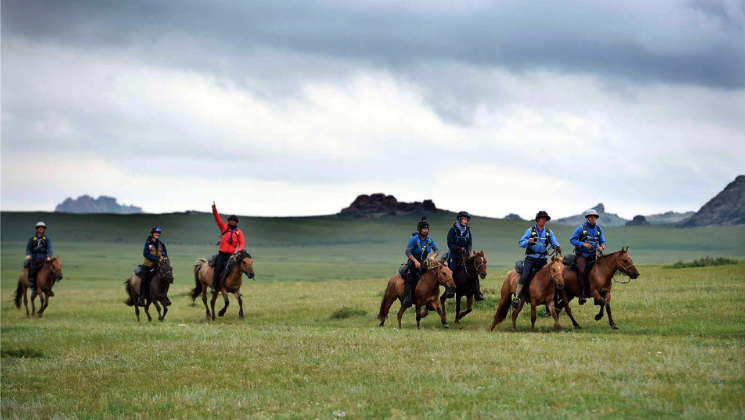
1000km, on semi-wild horses, across some of the toughest terrain on earth… why would you do it? Some may expect there’s a pretty attractive prize package that goes with this race, but that couldn’t be further from the truth. Some years, the winning rider is presented with a trophy, some years there isn’t even that. It is the travel, adventure and love of the horse that entices applicants.
This year, one of our very own will be flying the Kiwi flag over in Mongolia! Elise Stables has been granted a position in the race. Keep an eye on our Facebook page for an upcoming interview with Elise.
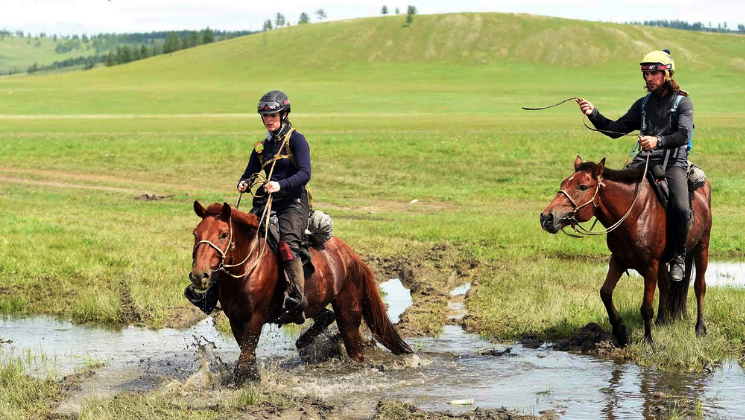
All images used in this article belong to the Mongol Derby Facebook page.







